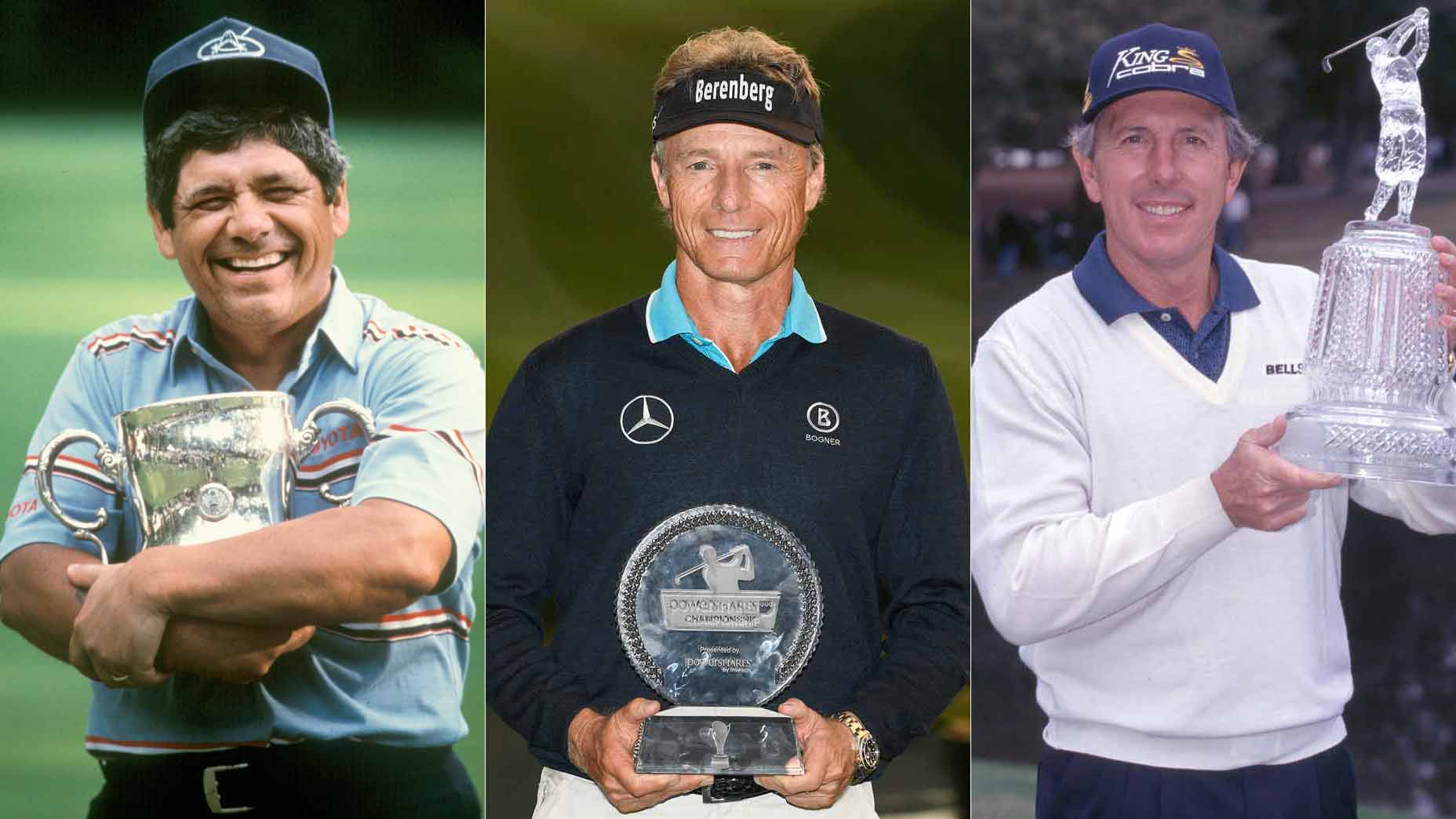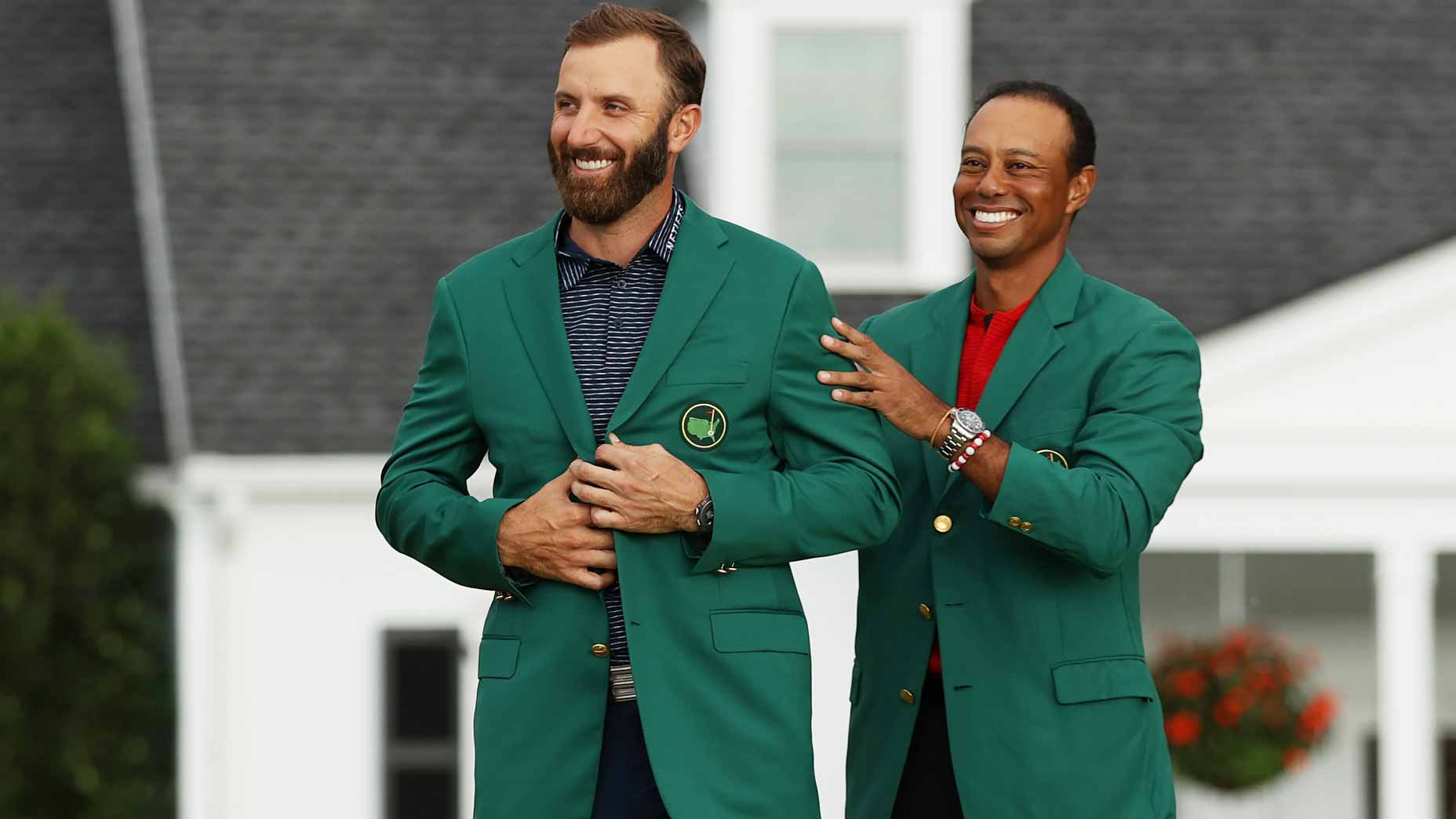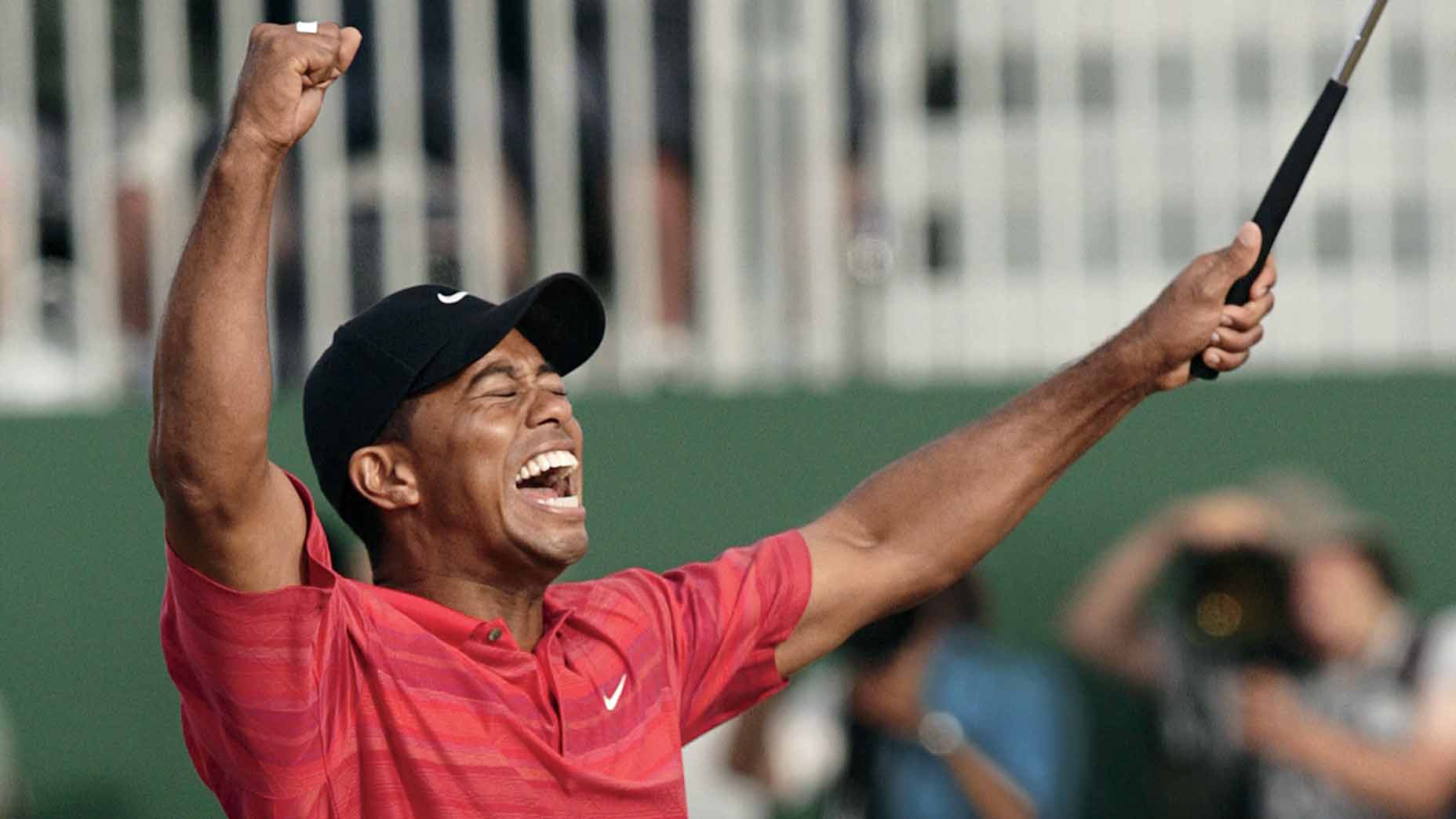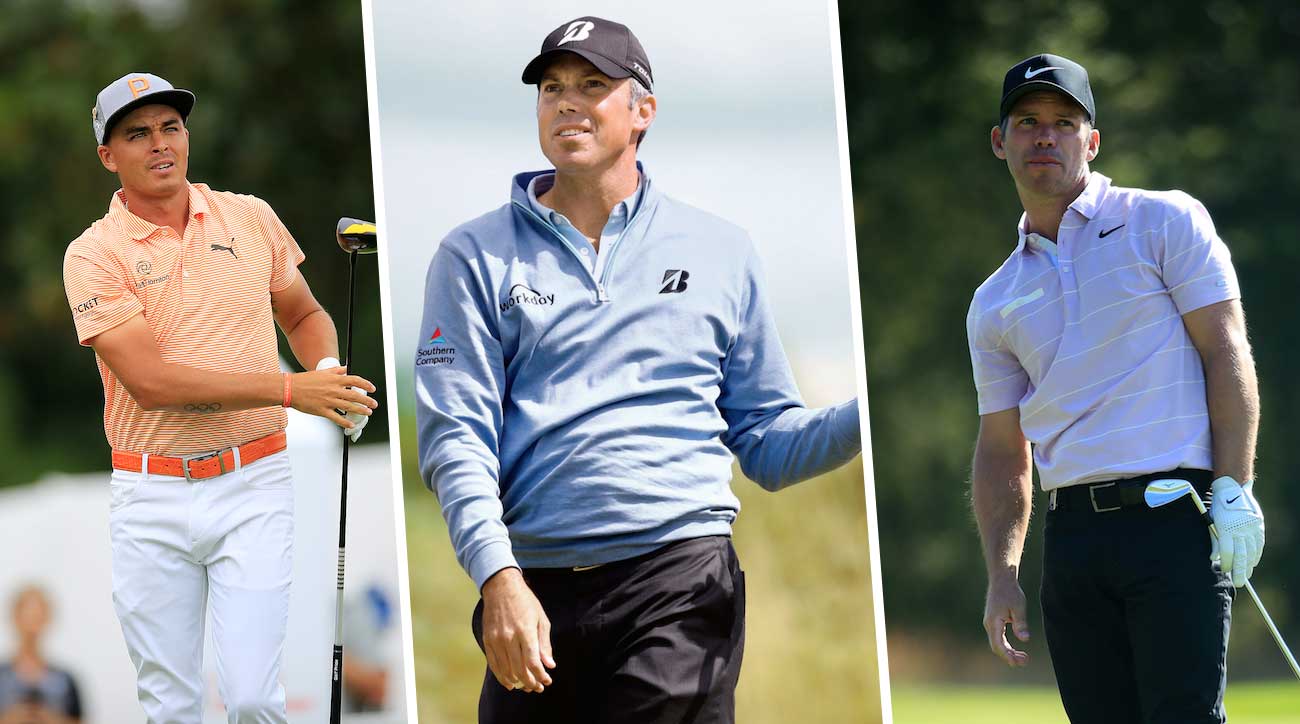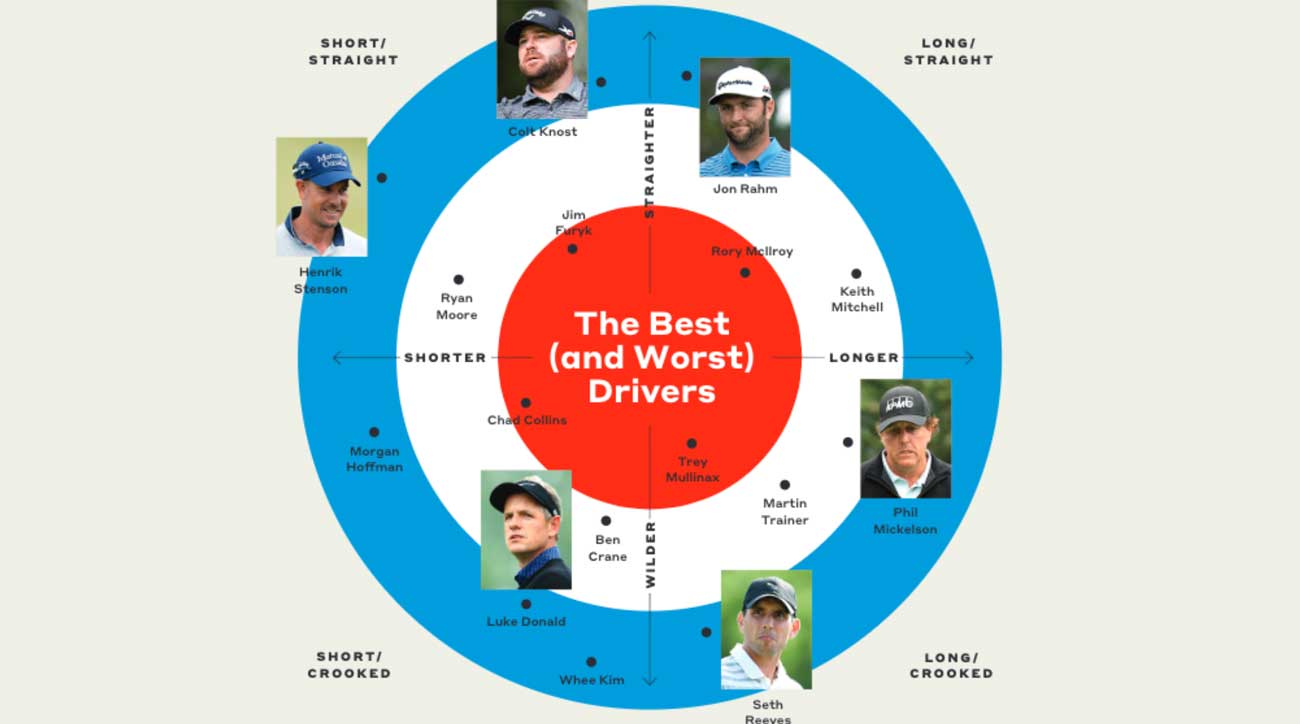Lee Trevino once called Champions Tour players “round-bellies” to distinguish them from the PGA Tour’s “flat-bellies.” Different bodies, different games. Nowadays, though, many golfers keep themselves in good enough physical condition to compete against guys less than half their age. Ray Floyd, Craig Stadler, Fred Funk and, most recently, 2021 PGA champion Phil Mickelson, all won on both tours in a single season.
That’s an impressive feat, for sure, and yet staying fit and finishing first in a couple of tournaments is not a measure of enduring dominance.
Which brings me to a topic I’ve been eager to explore: What was the most dominant single season on the Champions Tour? While grill room debates about such matters can be great fun, they tend to rely on opinions and perceptions. Per usual, I wanted something more quantitative. Counting wins is easy, but it fails to distinguish major wins (with bigger and stronger fields and four rounds of competition as opposed to the standard three) from other wins. And I didn’t want to ignore other top finishes.
4 secrets to playing good golf forever, from 63-year-old Bernhard LangerBy: Luke Kerr-Dineen
Money isn’t a good measuring stick either, because purse sizes change over time. That led me to create a “Champions Tour points system,” inspired by money, world ranking and FedEx Cup point systems, where the major winners receive 100 points, second receives 60 points, third receives 40 points and on. Non-major events confer points that reflect the weaker quality of the field, so that a winner might earn 70 points and other finishes receive proportionately fewer points. Then it was a matter of allocating points to players for all Champions Tour events and finding the player and season with the largest total points.
Of the 10 greatest seasons on the senior circuit, seven were posted by members of the World Golf Hall of Fame, including Larry Nelson, Peter Thomson and Trevino. But only one player appeared more than once: Hale Irwin. In 1997, he amassed 841.4 points in a season highlighted by nine wins (one major) and 15 top-five finishes — good enough for third place in the rankings. Second place belongs to Bernhard Langer, who earned 850.1 points in 2017. He notched seven wins that season, including three majors. He also had 14 top-five finishes in a campaign that was indisputably great but not the greatest of all time.

That top honor goes to Irwin for a 1998 season in which he collected 914.4 points. He had seven wins (including two majors) and a total of 20 top-five finishes in 22 starts. His two other finishes were T-13 and T-16. Lest you think Irwin beat up on weak fields in 1998, his competition included Trevino, Nelson, Jack Nicklaus, Raymond Floyd, Gil Morgan, Gary Player, Isao Aoki and David Graham. In 1998 Irwin earned 41.6 points per event, also a record if you exclude players who played a limited schedule. (In 1990, Nicklaus averaged 100 points per appearance but he played in just two Champions Tour events, both majors and won them both!)
In 1998, Irwin also set the Champions Tour record for the longest streak beating the field. A player is said to “beat the field” if their score is less than the field average score for that round. Trevino had a streak of 48 consecutive rounds beating the field in 1992. In 1998, Irwin bettered that by a single round.
So there you have it: By virtue of his 1998 season, Irwin is our alpha. But he didn’t win that year on the PGA Tour.
Follow Broadie on Twitter @MarkBroadie.
